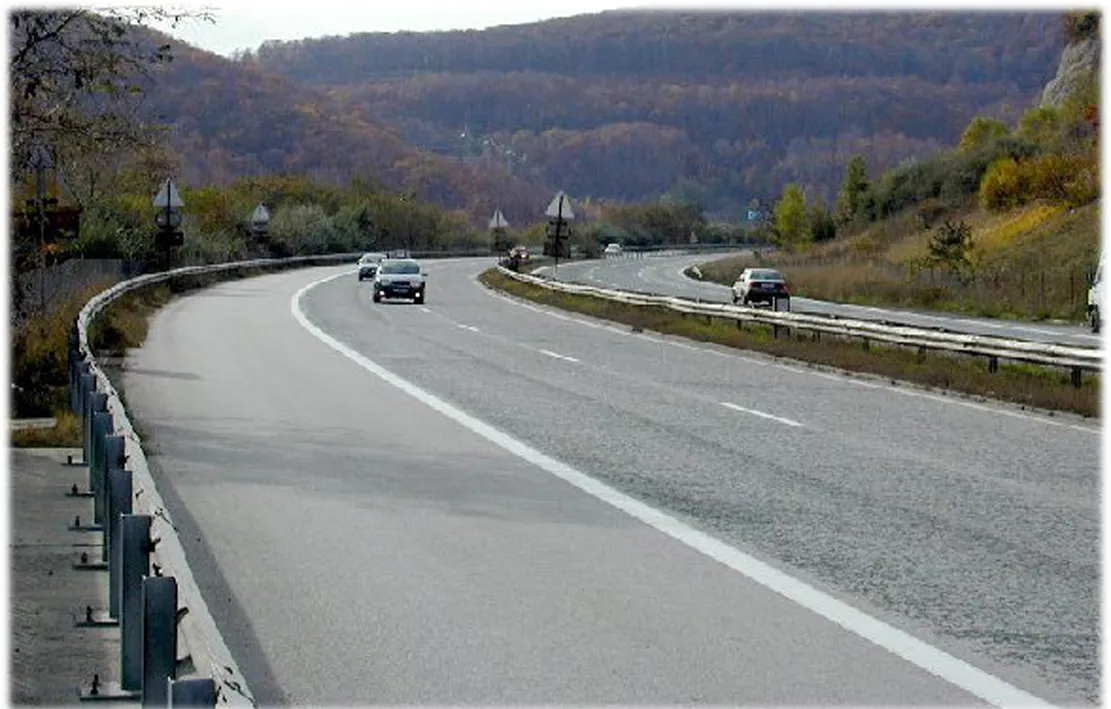The development of Corridor Vc is a strategic priority for Bosnia and Herzegovina. When it is completed, the motorway will cross the country from the port of Ploce in the south to the border with Croatia in the north. It is currently the biggest construction project in the country.
The 14km section will start at the Rudanka interchange in the Republika Srpska and bypass the town of Doboj at the Medakovo interchange in the Federation of Bosnia and Herzegovina. Doboj is a major national transport hub, linking different parts of the country.
Once completed Corridor Vc will serves as an extension of the Trans-European Transport Networks to the core network of the Western Balkans. More than 50% of the population of Bosnia and Herzegovina lives within the 30km-long corridor, an area which contributes more than 60% to the country’s GDP.
The completion of Corridor Vc is expected in 2030 and total cost estimated to be approximately €4billion. To date, about €1.1 billion has been invested. In addition to EBRD and EIB, the largest contributor is the European Union through the Western Balkans Investment Framework. Other co-financiers of Corridor Vc include OFID and Kuwait Fund.
Loan for Bosnia motorway project
A loan agreement has been signed to help pay for a new motorway project in Bosnia and Herzegovina. The European Bank for Reconstruction and Development (EBRD) is providing the Bosnia and Herzegovina Government with a loan worth €210 million for next stage of Corridor Vc project. According to the EBRD, Bosnia and Herzegovina’s further economic integration with the Western Balkans and the rest of Europe will take an important step forward due to this loan for.
The development of Corridor Vc is a strategic
May 9, 2019
Read time: 2 mins
A loan agreement has been signed to help pay for a new motorway project in Bosnia and Herzegovina. The 1166 European Bank for Reconstruction and Development (EBRD) is providing the Bosnia and Herzegovina Government with a loan worth €210 million for next stage of Corridor Vc project. According to the EBRD, Bosnia and Herzegovina’s further economic integration with the Western Balkans and the rest of Europe will take an important step forward due to this loan for.






